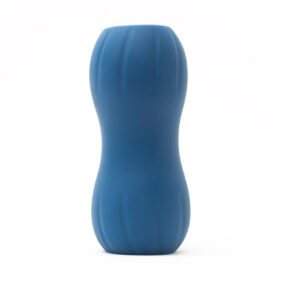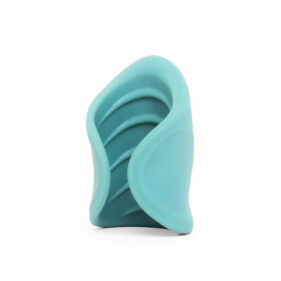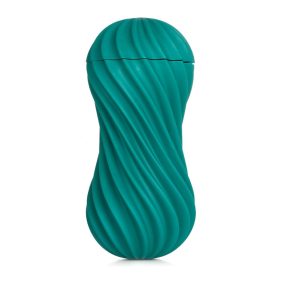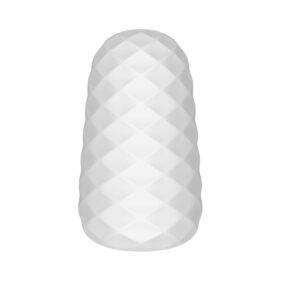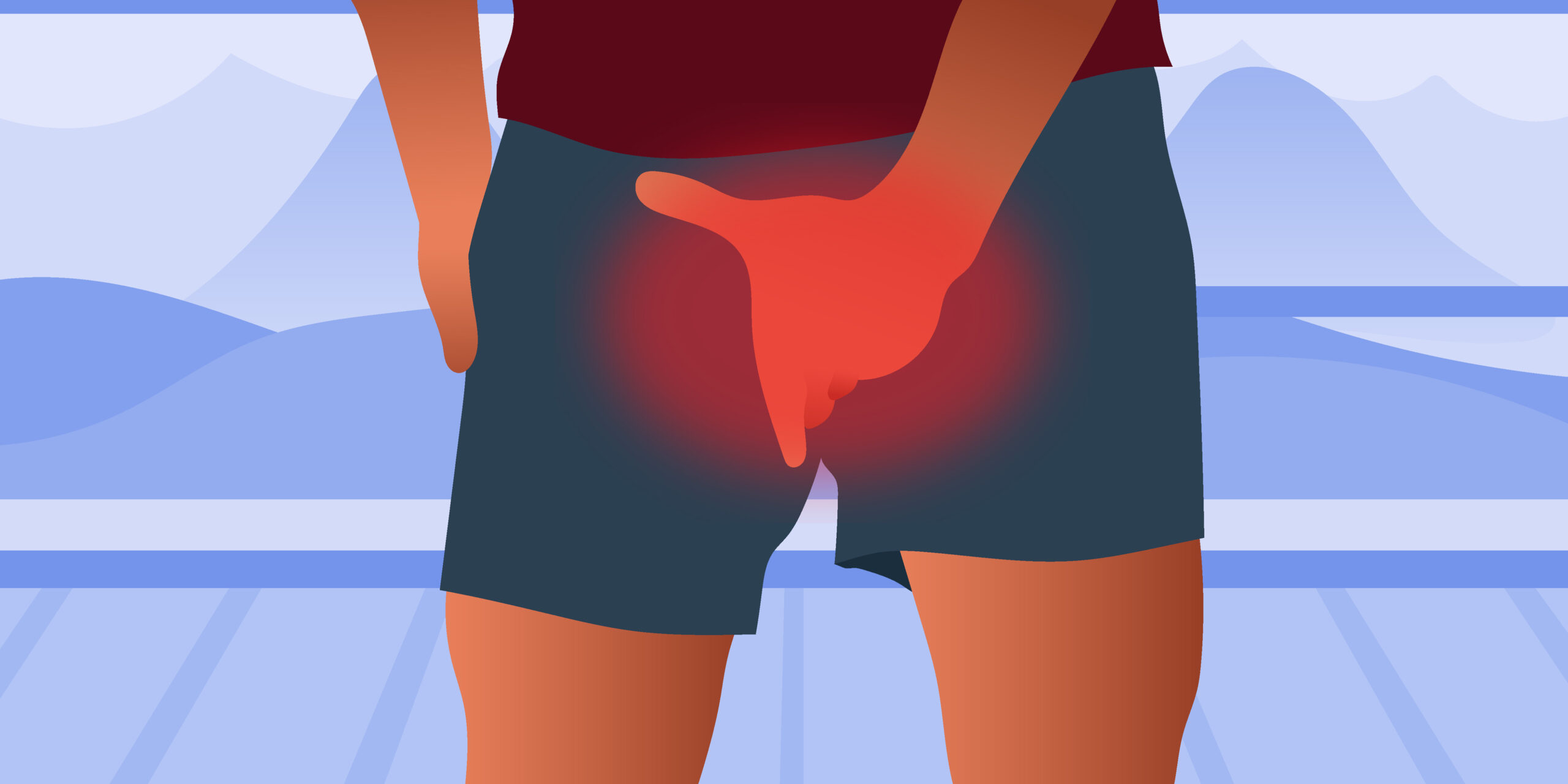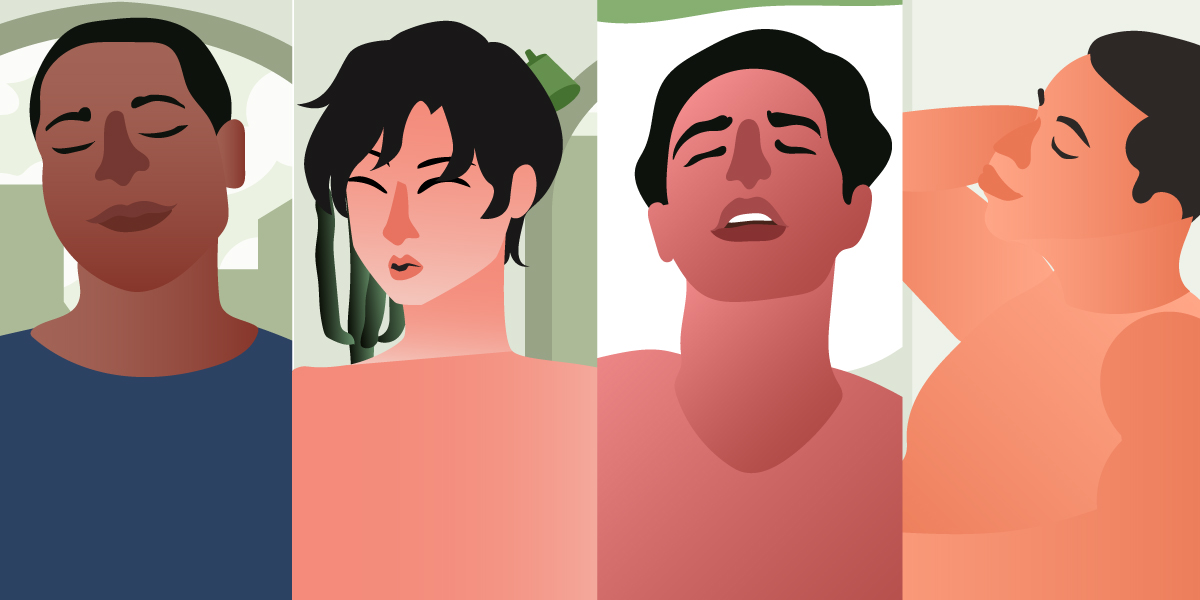
Disclaimer: This topic focuses on male orgasms or those experienced by people assigned male at birth. While we strive to provide accurate information from various medical resources, this guide is not a substitute for consultation with your healthcare provider.
When someone assigned male at birth stimulates various pleasure zones like the penis, anus, and nipples, they often reach an orgasm. Also known as the peak of male pleasure, this release of sexual tension triggers rhythmic contractions in the perineal muscles, anal sphincter, and reproductive organs. Ejaculation or semen would also shoot out of the urethra, though there are some cases in which there’s no semen coming out after an orgasm— more on that later.
Most people are familiar with the visual aspect of a male orgasm, often highlighted in erotic movies, pornography, and other adult content. But there’s so much more to it beyond semen release— we’re here to break it all down in this guide.
Phases of the Male Orgasm
The male orgasm typically unfolds in four phases— this four-phase model was developed by Masters and Johnson and published in their 1966 book Human Sexual Response. Here’s a breakdown of how the sexual response cycle works:
1Excitement
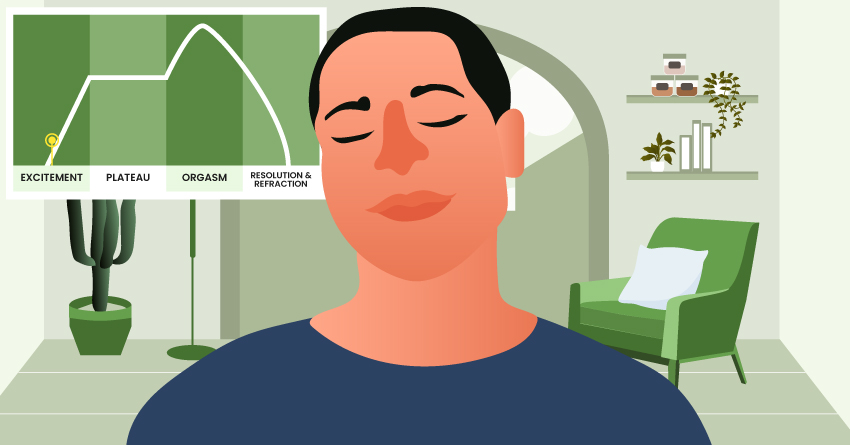
This is the initial stage of physiological sexual arousal, which can last from a few minutes to several hours, depending on the sexual activities involved. During this phase, blood flows to the genitals, causing the penis to become erect. The testicles may swell, and the nipples can become more sensitive and perk up. Your heartbeat will also quicken, and you may notice your skin flushing, giving it a reddish tint.
-
₱150.00
-
₱150.00
-
₱150.00
-
₱150.00
2Plateau
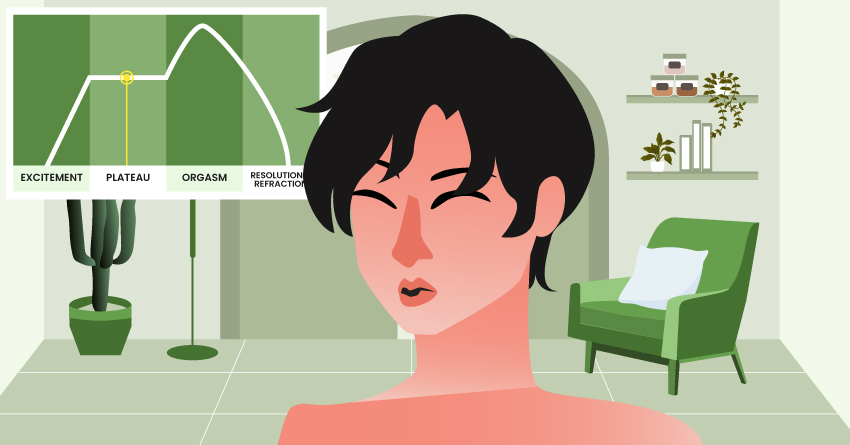
During this phase, your heart rate stays elevated, and your penis remains erect. The muscle tension throughout your body continues to build, and the excitement intensifies. You’re now on the verge of orgasm, just minutes away from that sweet release.
-
₱445.00
-
₱1,910.00
-
₱799.00
-
₱1,599.00
3Orgasm
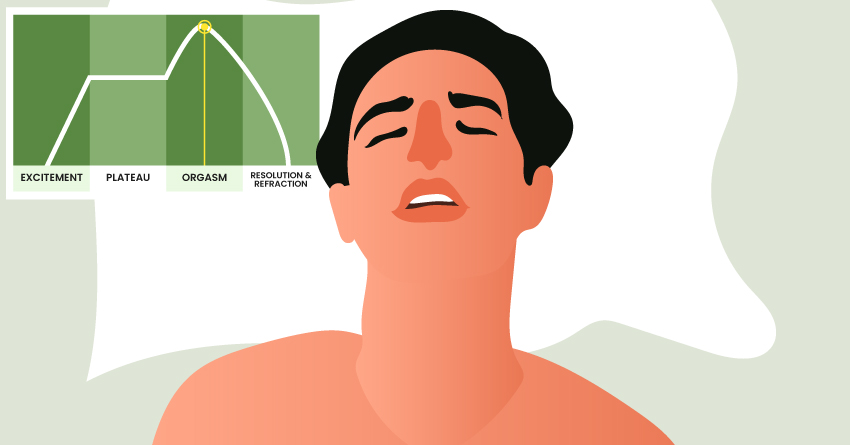
As you approach the peak of pleasure, semen moves into the urethra near the tip of your penis. Rhythmic contractions follow, releasing the semen. Your heart rate and blood pressure hit their highest levels, and you’ll feel your body forcefully release the tension built up through the previous phases. This phase typically lasts for five to twenty seconds.
4Resolution and Refraction
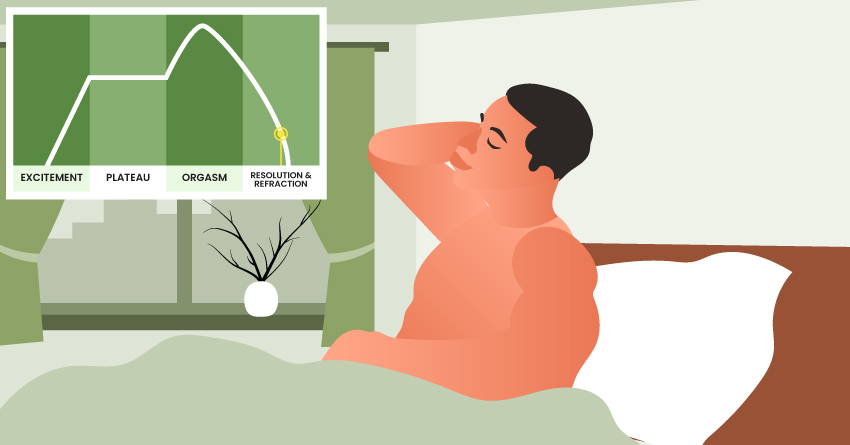
After orgasm, your penis will return to its flaccid state, and you’ll feel deeply relaxed as the feel-good hormones flood your system. During this time, known as the refractory period, it might take a little while to achieve another erection. Some people experience a shorter refractory period, while others may need a few days to recover. This duration often changes with age.
Difference Between Male & Female Orgasms
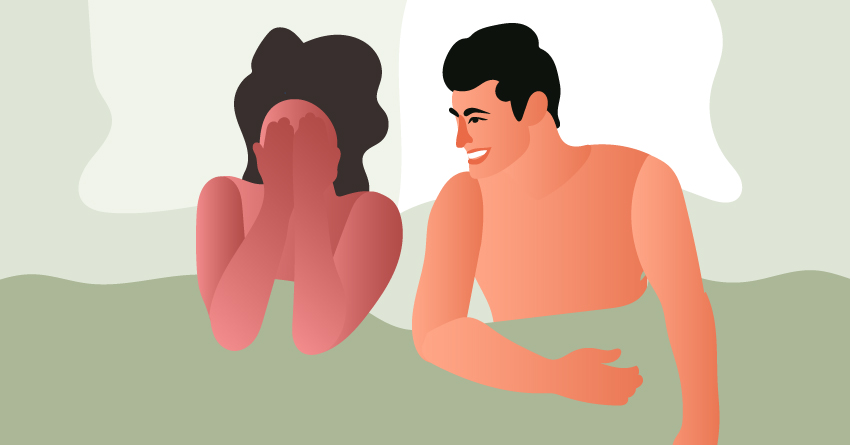
Though both men and women go through the same four phases of sexual response, such as elevated heart rate and skin flushing, there are key differences due to their distinct anatomy. Here are some of the major differences between male and female orgasms:
- A female orgasm lasts longer than a male orgasm. A female can cum for 20-35 seconds, while men get to cum within five to twenty seconds.
- Women can experience orgasm without releasing any fluid or ejaculation, while most men ejaculate during orgasm. If a man orgasms without releasing semen, it can often be a sign of an underlying health issue.
- Male orgasm plays a crucial role in conception, as the semen released contains sperm necessary for fertilization and pregnancy. In contrast, a woman can ovulate and release an egg without necessarily experiencing an orgasm.
- A woman’s refractory period is typically much shorter, and sometimes, it may not exist. This means they don’t have to wait long before they can be stimulated again and reach orgasm. In fact, women are capable of having multiple orgasms as long as the stimulation continues. Now, some men can achieve multiple orgasms, either sporadically (with orgasms spaced out over a few minutes) or in a condensed manner (where orgasms occur in rapid succession). However, this is rare and requires specific techniques or practices— like Kegel exercises and the squeeze method.
Male Orgasm Issues
Before we talk about male orgasm disorder, we want to clarify that ejaculation issues, like premature or delayed ejaculation, are different from orgasm disorders. Ejaculation refers specifically to the release of semen from the penis, while orgasm disorders are more about the sexual climax itself, including both psychological and physical experiences. Below are some of the issues that men experience with climaxing:
1Dry Orgasm
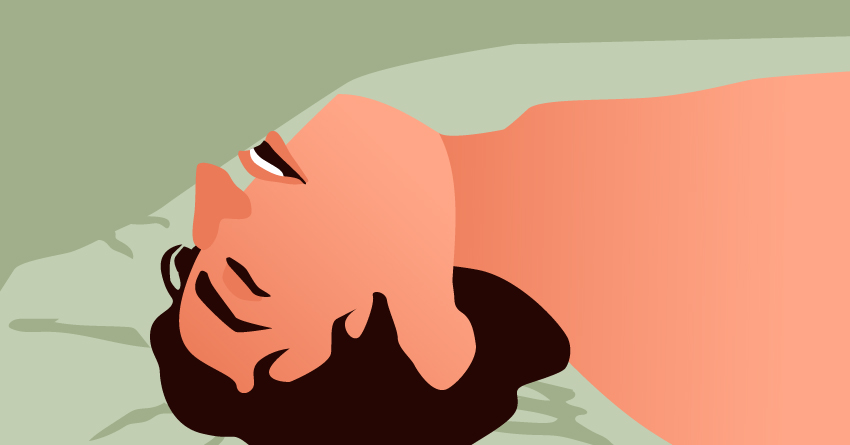
As the name implies, a dry orgasm happens when there’s no semen or ejaculation after an orgasm. Some experience it every time they climax, while others only experience it occasionally. Potential causes include surgical procedures, sperm duct blockage, genetics, testosterone deficiency, and nerve damage.
If you have this condition, it’s best to consult your healthcare provider for an accurate diagnosis and treatment.
2Anorgasmia
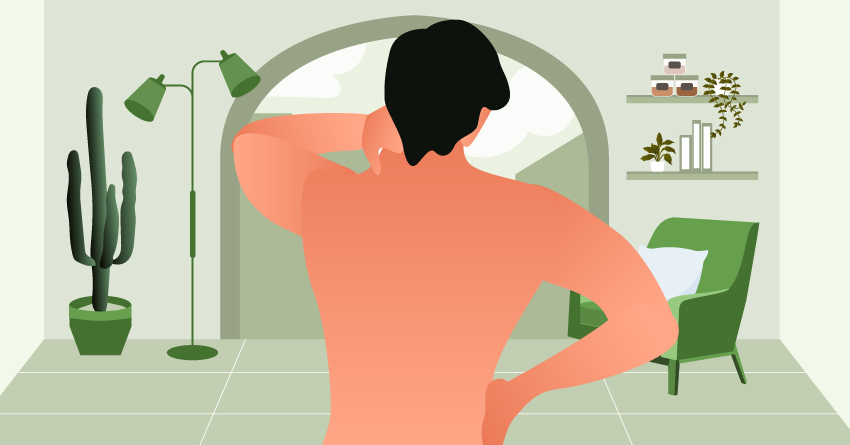
People with this condition are unable to orgasm at all. It’s not just about being unable to ejaculate or release semen—it’s the inability to reach the peak of sexual pleasure. They simply can’t climax.
There are several causes for this issue, but unlike the first condition, psychological factors can also contribute to it:
- Mental health issues, including depression, stress, and anxiety
- History of sexual assault or abuse
- Growing up in environments where sex is shamed, such as hyper-religious communities
- Relationship problems
- Diabetes
- Surgeries like prostatectomy (prostate surgery)
- Low testosterone levels
- Medications, particularly selective serotonin reuptake inhibitors (SSRIs)
Tips for Stronger Orgasms
Want to achieve better climaxes or last longer in the bedroom? Here are some tips to consider:
1Masturbate more.
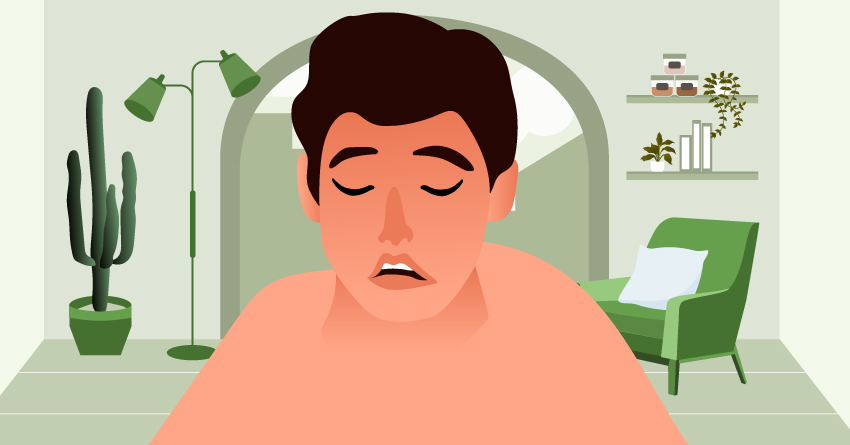
Masturbating allows you to explore your body without the pressure of partnered sex. It helps you discover techniques for stronger orgasms while familiarizing yourself with the sensations of sex, ultimately training you to last longer in the bedroom.
2Explore all erogenous zones.
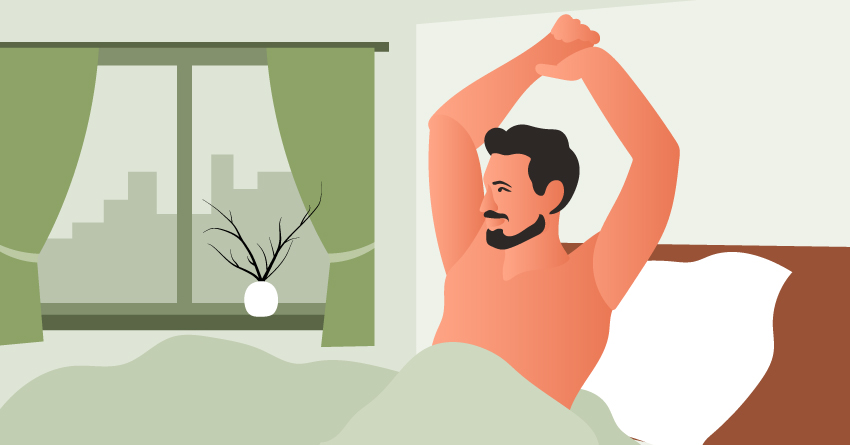
If you’ve mostly been focusing on stimulating your penis, it might be time to explore other areas of pleasure. One of the most popular alternatives is the prostate, often referred to as the “male G-spot.” This walnut-shaped organ is located inside the anus and can be stimulated with your finger or a prostate massager. Many men find prostate play deeply pleasurable, and it can lead to more intense orgasms.
Another area worth exploring is your nipples. While it might not seem conventional, many people, both men and women, find nipple stimulation to be highly pleasurable. Lastly, a testicle massage is another fantastic way to enhance pleasure. Gently massaging the testicles not only increases blood flow to the area, which can intensify orgasms, but it can also promote better sperm production and overall sexual health.
3Try edging!

Another fun way to intensify your orgasms is by trying edging. This involves deliberately pausing stimulation just as you’re about to climax. It might be tricky at first since timing is key, but once you learn to recognize your body’s cues right at the brink, you can do a few rounds of edging for an explosive and satisfying release when you finally let go.
4Practice Kegel exercises.
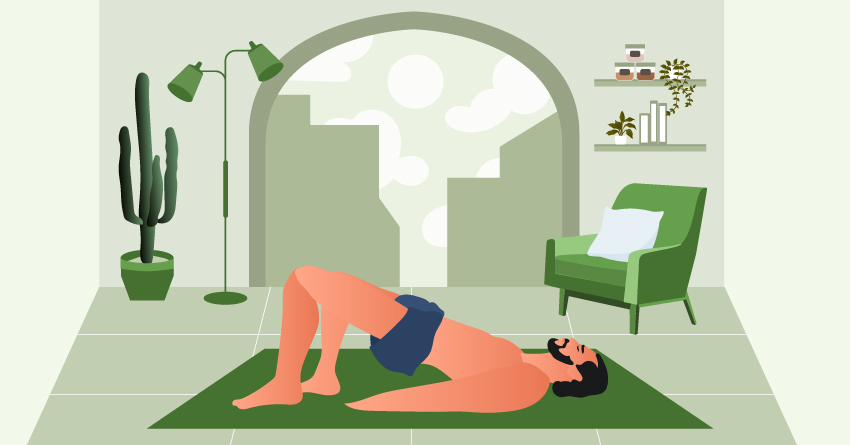
Did you know that Kegel exercises aren’t just for women? Men can benefit from them, too! In fact, strengthening your pelvic floor muscles through Kegels can help with issues like erectile dysfunction and premature ejaculation while also boosting stamina during sex.
To get started, you’ll need to locate the three key pelvic floor muscles:
- Bulbocavernosus Muscle: This is the muscle you engage to stop urination mid-stream. If you feel a lifting sensation, that’s your bulbocavernosus muscle at work.
- Pubococcygeus (PC) Muscle – This muscle assists with urination and bowel movements and contracts during orgasm. You can feel it by trying to draw your penis inward—you might notice your scrotum lifting slightly.
- Iliococcygeus Muscle – This supports your anus and keeps it in place after bowel movements. Pretend you’re holding in gas or poop—that tightening sensation is your iliococcygeus muscle.
There are plenty of helpful resources with step-by-step instructions on Kegel exercises for men; you can check it here and this one right here.
-
₱425.00
-
₱784.00
-
₱2,850.00
-
₱450.00
5Make some lifestyle changes.

Did you know that your overall health can significantly impact your sexual function? Being overweight, indulging in vices like smoking or drinking, and living a sedentary lifestyle can affect your erection, ejaculation, and even climax.
That’s why you need to switch things up. Maintain a healthy weight, stay active with regular workouts, eat a balanced diet, and manage stress levels. These changes can improve not only your sex life but also your overall well-being.
6Experiment with sex toys!
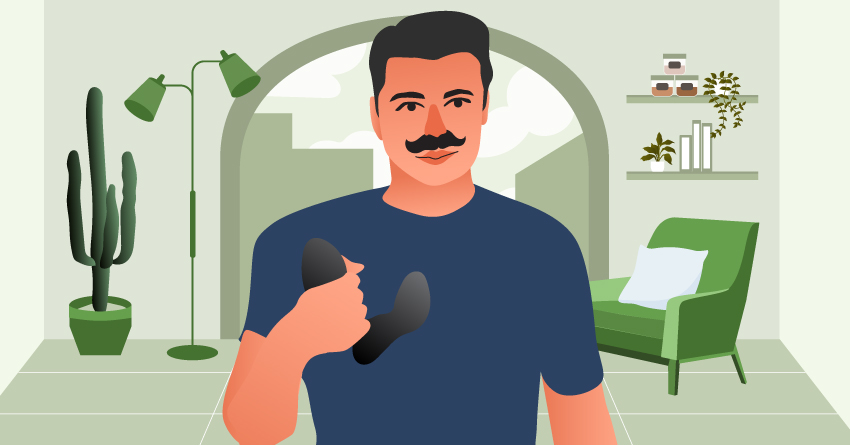 Another fun way to experience various male orgasms is through sex toys. These nifty devices can stimulate not just your penis but also your prostate gland, nipples, and testicles, giving you various sensations that you might not feel while having sex or masturbating.
Another fun way to experience various male orgasms is through sex toys. These nifty devices can stimulate not just your penis but also your prostate gland, nipples, and testicles, giving you various sensations that you might not feel while having sex or masturbating.
Not sure where to start? Look up options like masturbators, fleshlights, butt plugs, cock rings, and nipple toys. We’ve also listed some recommendations below that are worth checking out!
Recommended Sex Toys

Want to take your pleasure to the next level or try out new types of orgasms? Check out some of our bestselling male pleasure toys below—you can also browse this page for even more exciting options!
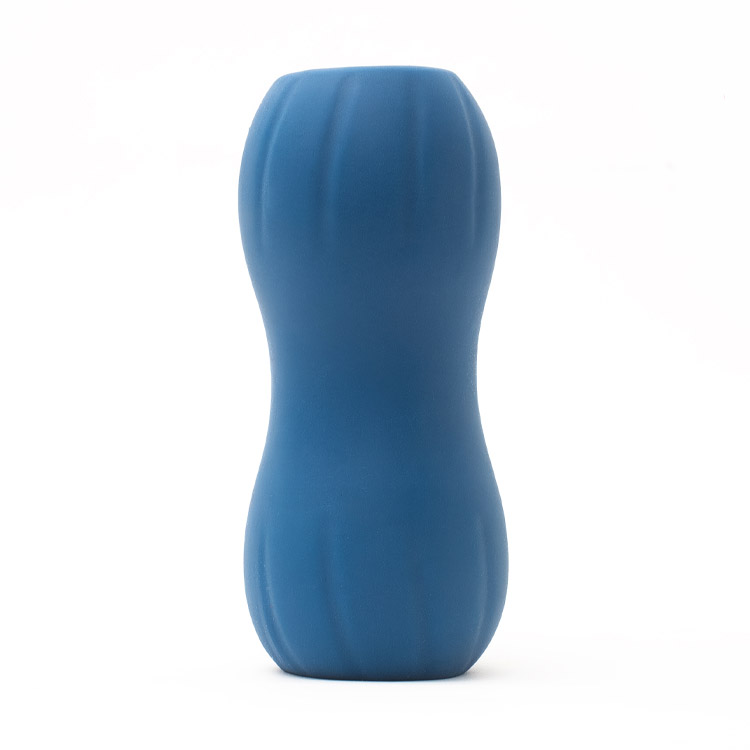







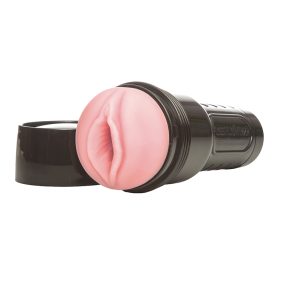

Takeaway
The male orgasm isn’t as simple as it might seem—there’s a whole world of complexity behind that moment of orgasmic bliss. It involves four main phases, each playing a crucial role in the entire experience.
While many men enjoy this natural process without any issues, others face challenges like dry orgasms or anorgasmia, where reaching that peak becomes difficult or even impossible. These conditions can stem from physical, hormonal, or even psychological factors, and it’s important not to brush them off. If you’re facing any of these issues, consulting the right medical specialists can help you better understand your body and find effective solutions. Remember, sexual health is just as important as any other aspect of your well-being.






